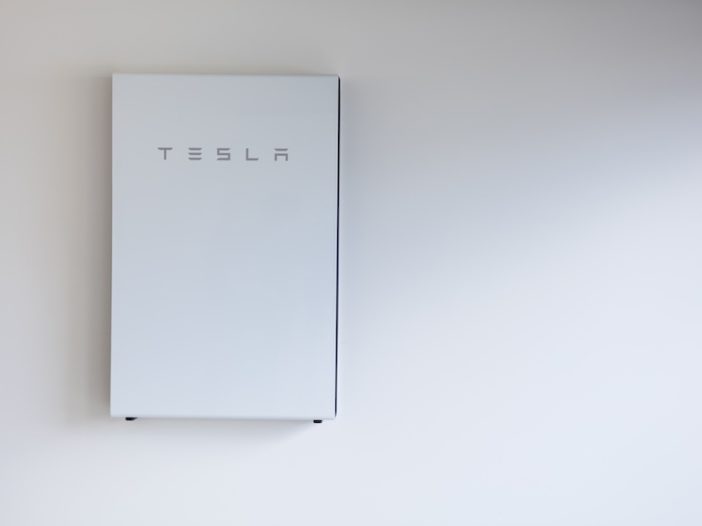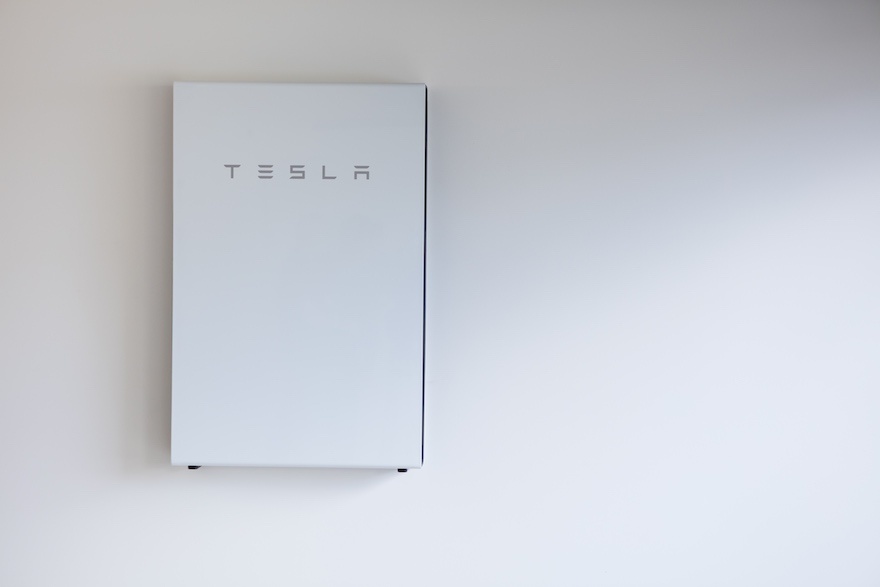
RenewEconomy
In November 2016, our analysis shows that a Tesla Powerwall and a 5kW rooftop solar system could deliver electricity around the same price as grid power. Our latest estimate shows solar and storage is now significantly cheaper.

In late 2016 Tesla launched the Powerwall 2, halving the price of storage relative to Powerwall 1.
In a note in November 2016 we analysed the economics of one of these batteries plus 5kW of rooftop solar plus grid for back-up and exports, relative to grid-only supply for a household with north facing roof in Adelaide that consumes 4800 kWh per year.
The comparison worked out the annual bill with and without PV and battery.
For grid offers we took the average of all 76 market offers from the 14 retailers making offers in the market, assuming in the first case that all discounts in those offers were achieved and in the second case assuming only that the unconditional discounts were achieved.
The results of the analysis are shown in Chart 1 below, which shows that for these assumptions, households are typically better off installing 5 kW solar and a battery rather than relying on grid only supply.
Chart 1: Tesla Powerwall 2 plus 5 kV PV plus grid versus grid-only in Adelaide in November 2016

The Climate Council estimates that there were 20,000 home battery installations in 2017, more than triple the 6,750 new installations in 2016.
And a couple of weeks ago the South Australian Government announced a policy to install 50,000 Tesla Powerwall 2’s plus 5 kW PV in a deal that would involve the government owning the assets but the households involved paying 27 cents per kWh for the electricity.
This notes looks again at the economics using the latest information on prices.
This is 12.5% higher than the average prices calculated in the same way in November 2016.
Tesla now estimates a higher installed price of their Powerwall 2 ($11,075 versus $10,300) taking the mid-point of the installed price they quote on their website now compared to November 2016.
The price of 5kW PV has however fallen considerably from $7,318 to $5,500 (taking the average price quoted on solarchoice.com.au then and now).
And PV feed-in rates have more than doubled from around 6.8 cents per kWh in November 2016 to typically around 16 cents per kWh now).
Bringing this information together and using the same analysis that we used in November 2016 we get the results in Chart 2 below.
Chart 2: Tesla Powerwall 2 plus 5 kV PV plus grid versus grid-only in Adelaide in February 2018

The difference between Chart 1 and Chart 2, over just 14 months, is remarkable. The writing was on the wall for grid-only supply 14 months ago and while we expected the gap between grid only and PV+battery+grid would grow larger, this is happening more quickly than we imagined.
Bruce Mountain is director of CME



